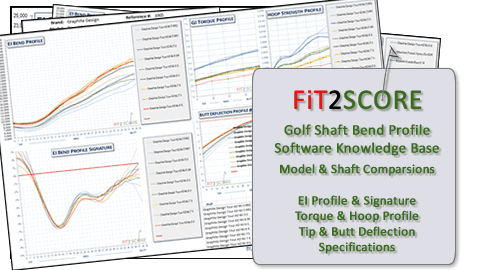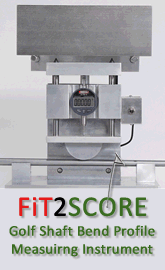Nippon 123 Driver Fitting System Review
By Russ Ryden, Fit2Score, A Dallas Fort Worth Club Fitter & Club Maker
The Highlands Performance Golf Center, Carrollton Texas
Golf Digest Certified America’s 100 Best Club Fitter

Most reviews here are focused on a single shaft model. The Nippon 123 system is three shafts brought to market as a fitting system. There are three profiles, each with an array of stiffness and weight. This is a fitting system that will soon be accompanied by documentation to guide the fitter using it. Mark Pekarek has been fitting over 35 years. Much of that time his company, Shaftology has been the distributor for Nippon shafts in the US. When I started with Nippon, Shaftology was the only source for Nippon shafts in America. Their distributors were regionally placed and had to demonstrate their golf competence as representative of the Nippon brand. Before you look at the data I recommend you watch this video shot at the 2019 PGA Merchandise show where the system was announced to the golf business.
This is the first time, to my knowledge, that a set of shafts has been designed and presented as a fitting system. Those of us with ample fitting experience have put together our own mix of fitting shafts. It takes years of experience and access to a comprehensive database of shaft properties to outfit a fitting cart for systematic fitting. As Mark said, the profiles in this system are different enough to make a difference to the average golfer.
To continue reading this section of the review, you must be registered at a higher level membership.
Russ







